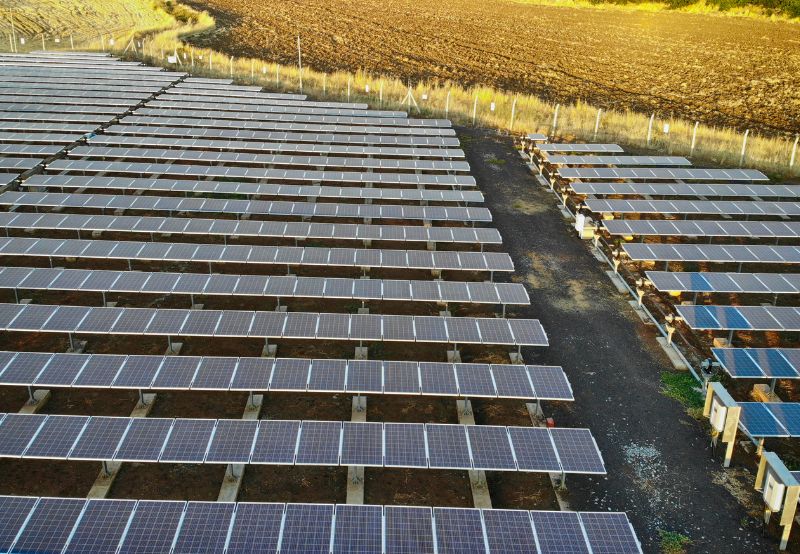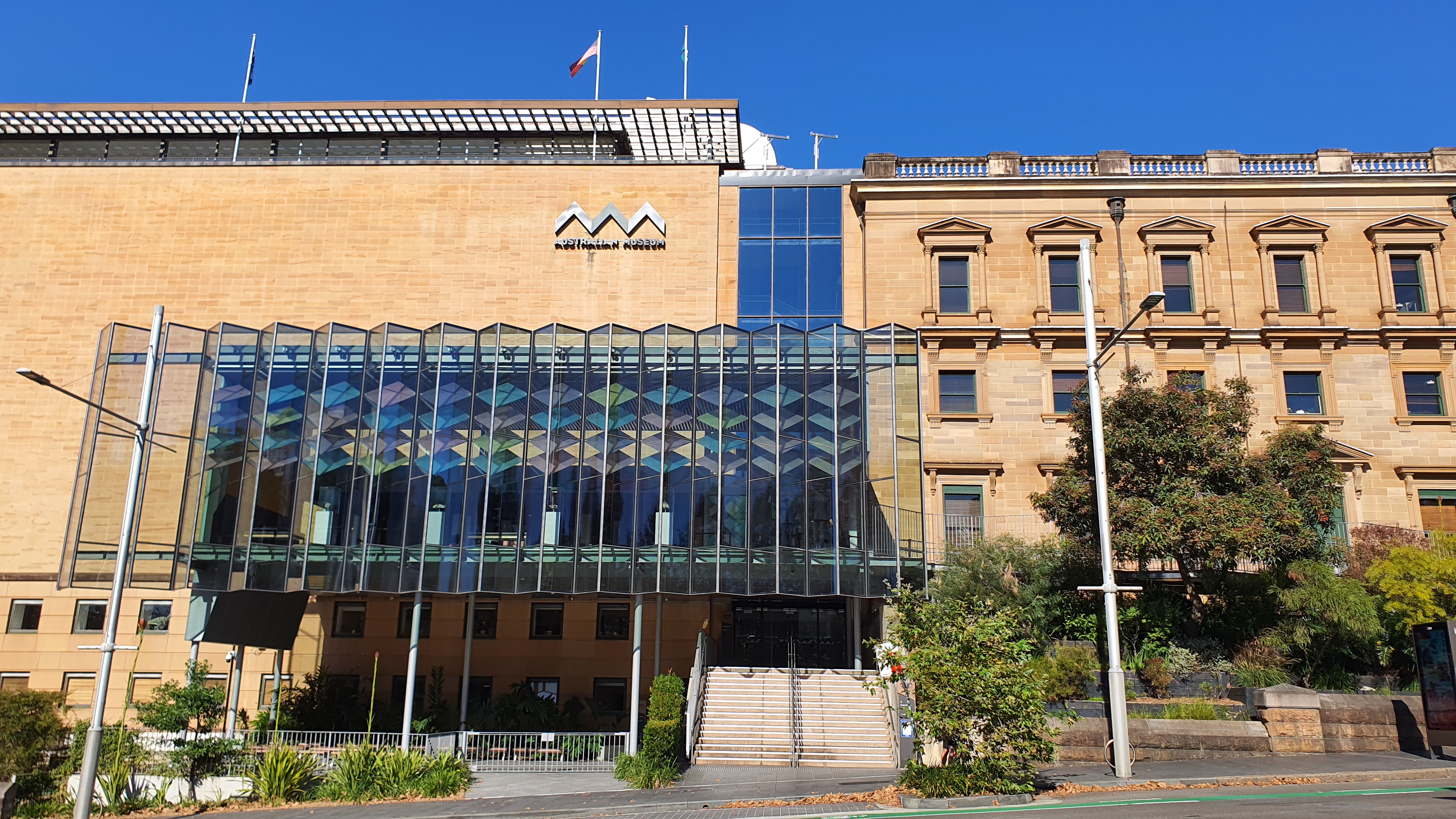Adaptation is a key part of restoring Europe’s forests and improving their resilience to climate change-related risks such as pests and wildfires, Bernhard Wolfslehner told EURACTIV in an interview.
Bernhard Wolfslehner is the head of the governance programme at the European Forest Institute, a group looking at forestry research and supporting policy around forests. He spoke to Kira Taylor about the state of forests in Europe and ongoing policies addressing this.
INTERVIEW HIGHLIGHTS:
- Forests, in principle, are not in a bad state and forested area is growing, but they are under increasing pressure from climate change-related shocks, including pests and fires.
- Many monocultures sprang up after the Second World War and Europe now has the opportunity to change this.
- Europe will need more forest resources for the bioeconomy and, if this demand is not met domestically, it risks shifting the burden abroad.
- Funding for restoration should ensure the project is sustained over time so it actually makes a difference.
- Top-down solutions should be avoided to make sure landowners and foresters are properly included in the process.
Forests across Europe vary quite dramatically, depending on their makeup and the local geography, but what’s the general state of forests in Europe?
There is not a single answer for all of Europe, but let’s start from the assumption that not everything is a catastrophe. I think this is very important because this is what is currently conveyed in the media – that the whole forest in Europe is dying, which is not the case. What is the case is that the calamities that we have make it into the news, while all the other parts are not visible anymore.
Forests are not, in principle, in a bad state. This is also conveyed by officials. We have no metrics for assessing whether they’re in a good or a bad state, but we have indicators to interpret complex situations.
What is the case is that the forest area is still increasing, the biomass is still increasing, so there are no signs of overharvesting across Europe, although there might be individual cases.
On the other hand, what is also true is that forests are under increasing pressure. The main driver, of course, is climate change. We have quite a lot of calamities and incidents across Europe.
We start from the south with increasing forest fires, but they’re not bound to the south anymore. They reach up into Scandinavia, so this is one of the big issues. And then in 2018 and 2019, we had a big drought and bark beetle calamities, in particular, in central Europe.
Although forest biomass is growing, green campaigners argue that the diversity of those forests and other biodiversity indicators are not doing so well. Is that something you would agree with?
I wouldn’t fully agree with that. Biodiversity indicators are not showing a decline.
I think we’re at the crossroad where forest management needs to be much more diverse than it used to be. Of course, the impacts of such change you cannot measure right now. But in principle, I think biodiversity is an issue about how to measure and monitor it and that’s super difficult. There are broad talks on this at the moment.
What we also have to understand is that we’re living in a 90% cultural landscape. We’re not living in a natural landscape. After the Second World War, when Europe was widely deforested, all these monocultures were planted because we needed the resource.
Now, 80 years later, this is the heritage we have. So it’s not a mistake of the last five years, but it was brought up in a certain system with a certain objective. That’s why I say now when we see, for example, these monocultures don’t work anymore, we have the opportunity to change.
When it comes to the risks that are posed to forests, is the main one climate change or are there other risks as well?
Climate change is the major risk. It’s not predictable. You can go through the scenarios, but what this means for a forest on a local level, we don’t know.
We’re currently working in the context of the Forest Europe process on a mechanism to support risk prevention on a political level. This is important but needs to feed into practices and requires diversification of management strategies.
Climate change is a major driver, but this also relates to a lot of different factors across the forest value chain. You cannot change a system overnight and it’s not only the ecosystem, but also the economic systems.
For example, if you have forest-based industries that have been developed over the past decades on a certain type of wood, you cannot say ‘okay, now from now on, we’re changing’. So most important is that these axes work together and develop common strategies on how to adapt to climate change.
Do you see increasing pressure on forests for wood products and bio-based products? Or do you feel like it’s going to be a continuation of how much we use at the moment?
In principle, the assumption that we’ll need fewer forest resources, for me, is naive. On the one hand, we have the bioeconomy, which plays an important role in a carbon neutral society by 2050 and the replacement of fossil and other non-renewable materials.
On the other hand, there are policies that aim towards setting aside forests from active management. The inherent trade-offs between these concepts need to be addressed and solved.
I assume that we will need more resources. The question is where do we get the resource from? And if we reduce in Europe while the demand increases, we will get it from somewhere else. Outsourcing our problems to other parts of the world will not solve the overall problem.
How do you think laws such as the EU Nature Restoration Law and the Land Use, Land Use Change and Forestry Regulation (LULUCF) sit alongside forest production?
The restoration law per se is a valid concept. We’re also currently running a very big project on restoration, called SUPERB, exploring how this concept can work on a large scale across Europe.
What’s important is that the idea of adaptation is not forgotten in restoration. To just think of restoring something to how it used to be does not mean it’s fit for the future.
The other issue is that all new policies should be looked at in a combined way. Because otherwise, we are back at fragmentation. With the development of so many different forest-related policies in a short time, it is important to keep them consistent and compatible with the existing ones.
A second component is the international responsibility. Restoration is not only an EU topic but has to go hand in hand with cooperation with developing countries because there is a really big need for restoring forests and forest resources.
Where do you think the funding should come from for restoration projects?
The funding issue is big. Restoration is not cheap and, if it is to be sustainable, it’s even more expensive. You can plant quite a lot of trees but half of these could be gone after 6, 7, or 8 years. It has to be sustainable, so it’s not a one-time investment to plant trees.
There are funding programmes available from the European Commission, but of course, it can always be debated whether this is sufficient. Institutions like the European Investment Bank will also contribute to larger-scale projects. And the third pillar is private funding, including also public-private partnerships because there are many companies looking for carbon neutrality.
You mentioned the international aspect earlier, what do you think the EU’s responsibility is when it comes to protecting forests and forest management on the international stage?
One thing the EU has already done is adopt the EU zero deforestation regulation. The idea is to stop importing products that can be related to forest loss. I think this is the main instrument for forest commodities that has an impact on international trade.
The other thing is development projects, we have this already with REDD+ to stop deforestation. These kind of activities are often supported by individual European countries, not only at the EU level but also at country level. This will also be valid for the future and for restoration projects.
How can countries and businesses, anyone who’s investing in this type of restoration, ensure that foresters and the people who own the land have a voice in this?
As with all political processes, one should avoid top-down solutions. Currently, there is a trend for superspeed and this normally leads to less stakeholder involvement. I see a danger in that.
We had quite some experience with Natura 2000. There were a lot of controversies and there was also this strong top-down element. I think it would be wise to learn from these experiences and to define a proper process for how to come up with proper and participatory restoration approaches.




